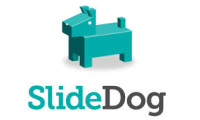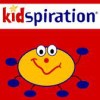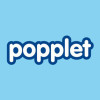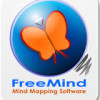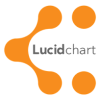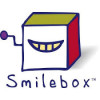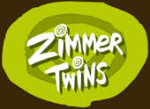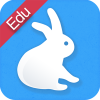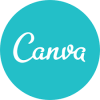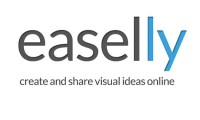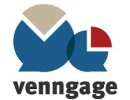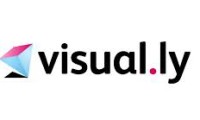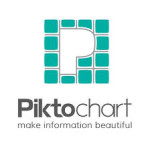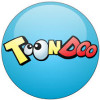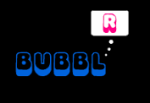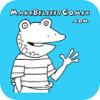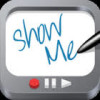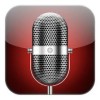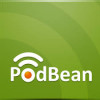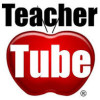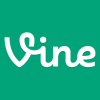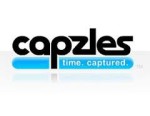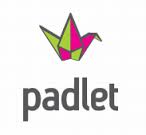Technology Tools
The ultimate value of technology in education depends on how fully and seamlessly it is integrated into the curriculum. Technological devices in the classroom are not additional “things” that you must include, but rather are integral to the support and extension of learning for all your students (ISTE, 2009).
There are numerous web apps and tools available to educators and students. These apps and tools can allow the users to explain their thought processes as they engage in problem solving. These tools allow users the freedom to capture and share the unique and varied processes that occur inside their minds as they solve a problem. No longer are we limited to pen and paper to justify or explain thinking, now we can capture though in pictures, diagrams, videos, animations, audio recordings, and other imaginative ways. Below are a few examples of tools that can be used to capture thought processes. Your role is to find the best means of optimizing the learning opportunities for your students using these types of resources. Just remeber it’s not about the technology it’s about the learning.
Online Presentation
An online presentation is a type of content that brings the traditional presentation (typically Microsoft PowerPoint) to an anytime, anywhere environment online. Online presentations can take several different forms. In many online presentations, slides are just the start. You can add audio or video, web pages, images, forms, links, documents, transcripts, and social media feeds into a single interactive presentation viewer.
Concept Maps & Graphic Organizers
A concept map is a special form of a web diagram for exploring knowledge and gathering and sharing information. Concept mapping is the strategy employed to develop a concept map. A concept map consists of nodes or cells that contain a concept, item or question and links. The links are labeled and denote direction with an arrow symbol. The labeled links explain the relationship between the nodes. The arrow describes the direction of the relationship and reads like a sentence.
Digital Stories
Digital Storytelling has become a powerful instructional tool for both students and educators. Digital Storytelling brings the ancient art of telling stories to life using technology. The ability to personalize stories with pictures and personal narration gives the story special meaning not only for the creator, but for the listeners. Digital Storytelling provides new ways to combine various technology mediums such as graphics, audio, video, animation and web site publishing to create powerful stories for all to see and hear.
Inforgraphics and Posters
Inforgraphics are visual presentations of information that use the elements of design to display content. Infographics express complex messages to viewers in a way that enhances their comprehension. Images are often an extension of the content of a written article, but infographics convey a self-contained message or principle.
Online Comic Stips & Animated Cartoons
Creating online comic strips to tell a story has become an amazing way for kids to enjoy reading and writing. When it comes to online comics creation tools, the options are plentiful and diverse. Combining meaningful images with descriptive text is a tried and true method of communication. Comic Strips can be used to create an effective series of pages or comics. Making a comic strip invites students to compose their own comic strips for a variety of contexts (prewriting, pre- and postreading activities, response to literature, to describe a process, show understanding, or tell a story, and so on).
Audio Images & Podcasting
A podcast is an audio story created to share ideas, presentations, or music. Typically podcasts are linked from a blog, so “podcasting” is often used to denote audioblogging. Students can use podcasts to interview each other, tell stories, create newscasts, hold debates, or run radio shows. Schools can use podcasts to make announcements via their Web site or to record guest speakers and publish their presentations available online.
Interactive Videos & Screencast
A screencast is a narrated video recording of your computer screen. Unlike a video recording of a classroom lecture, in a screencast the person giving the lecture is not the primary visual focus — rather, his or her presentation material is the primary visual focus. A screencast can comprise anything from still images (for example, slides containing text or photographs) to full motion (for example, the movement of your mouse cursor, drawing or writing on slide, video clips from lab demonstrations, and so on). Screencasts can be enhanced with the inclusion of “call outs” (such as arrows or circles that emphasize certain parts of the screen image) or title cards (which are slides with text that introduce a new section of the screencast).
Graphic Tools
Drawing and art are two essential pillars of creativity and through drawing students learn to engage with new learning experiences that enrich their imaginative powers. Students are encouraged to use them and this is a way to both improve student’s cognitive skills and enhance their creativity. Sometimes in order to help your students learn, all you need to do is let them express their creativity.
Discussions
The use of an online discussion board in the classroom is beneficial for students because the reflective nature of the discussion board allows students to see others responses and develop their own. Students participate more regularly with the use of an online discussion board and in a more thoughtful manner because the discussion board provides a tool for the conversation to continue and occur more fluidly. Discussion boards provide an active method of learning, as opposed to the traditional lecture, which can achieve a greater level of cognitive thought and learning. The active learning method will allow students to learn, retain and apply course content through participation.
Timelines & Other Technology Tools
Timelines, of course, organize information and events that have developed over time, often in historical eras, cultural movements or personal biographies. They display order and sequence as well as relationships and, sometimes, causality between events. Interactive versions are not only visually engaging, but also easily incorporate multimedia such as video and audio clips and link directly to source material.
Pinboards have gained popularity ever since the emergence of Pintrest, which is one of the most popular platforms that relies on teh concept of pinboarding. As a teacher you can create a pinboard for your class where students can curate, organize and share digital content relevant to their learning.






